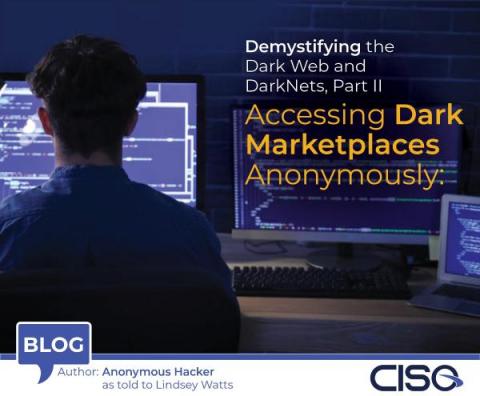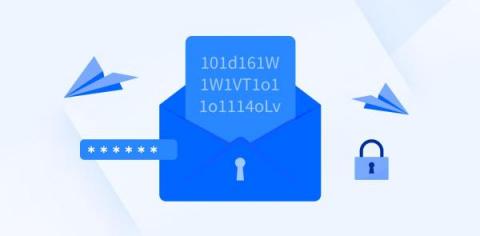Security | Threat Detection | Cyberattacks | DevSecOps | Compliance
Latest News
Implementing Managed XDR Services: Best Practices
Securing Third-Party Integrations in EHR Software: A Collaborative Endeavor
Don't Renew Your SD-WAN Contract Before Reading This Article
If your enterprise SD-WAN contract is due for renewal but your existing SD-WAN solution doesn’t align with your functional or business objectives, you have other options. In this blog post, we review four potential paths to replace or enhance your SD-WAN infrastructure. Then, we list which considerations you should take when deciding on your next steps.
What Is Call Spoofing?
Call spoofing is when someone, usually a scammer or cybercriminal, disguises their caller ID information to hide who they really are. Call spoofing can also spoof the cybercriminal’s location to make it appear as if the call is coming from a specific location. With call spoofing, the caller will pretend to be someone they’re not to convince the individual to provide them with their personal information.
Gootloader: Why your Legal Document Search May End in Misery
Recently, we’ve seen a noticeable surge in malware cases linked to a malicious payload delivery system known as Gootloader. The group behind this malware is believed to operate a malware-as-a-service operation, exclusively providing a malware delivery service for other threat actors.
5 Reasons to Pursue a Career in Cybersecurity
Cyberattacks have not only become more frequent, sophisticated, and costly, but they are not about to stop. This means unprepared organizations right now are scrambling to protect their sensitive data and systems and part of this scramble is finding people to staff their open cybersecurity positions. This scenario will become a bit more desperate as forthcoming Australian federal cybersecurity strategy is set to make Australia the most cyber-secure nation in the world by 2030.
Accessing Dark Marketplaces Anonymously: Demystifying the Dark Web and DarkNets, Part II
August 10, 2023 Author: Anonymous Hacker, as told to Lindsey Watts.
Meet Lookout SAIL: A Generative AI Tailored For Your Security Operations
Today, cybersecurity companies are in a never-ending race against cyber criminals, each seeking innovative new tactics to outpace the other. The newfound accessibility of generative artificial intelligence (gen AI) has revolutionized how people work, but it's also made threat actors more efficient. Attackers can now quickly create phishing messages or automate vulnerability discoveries.











